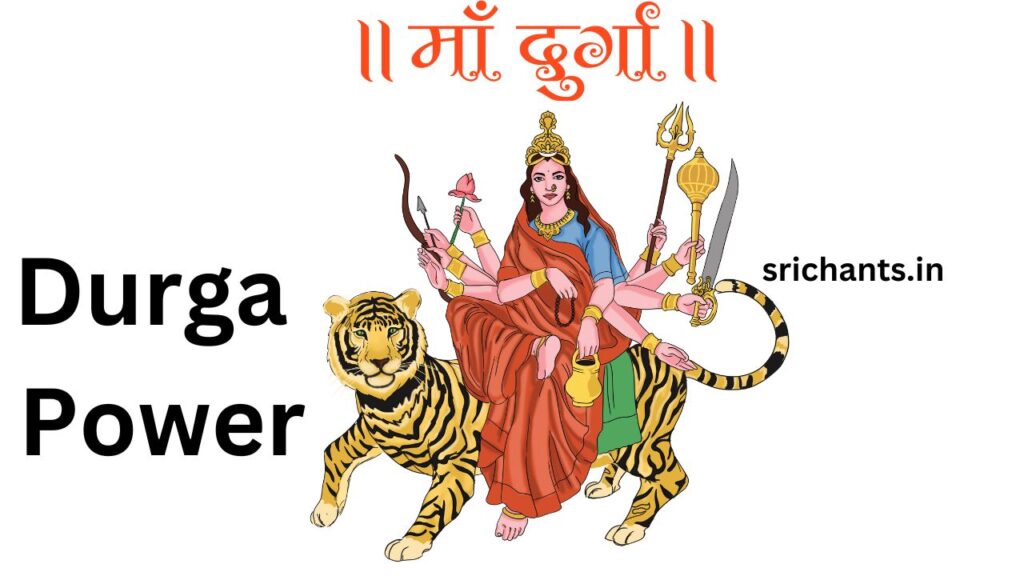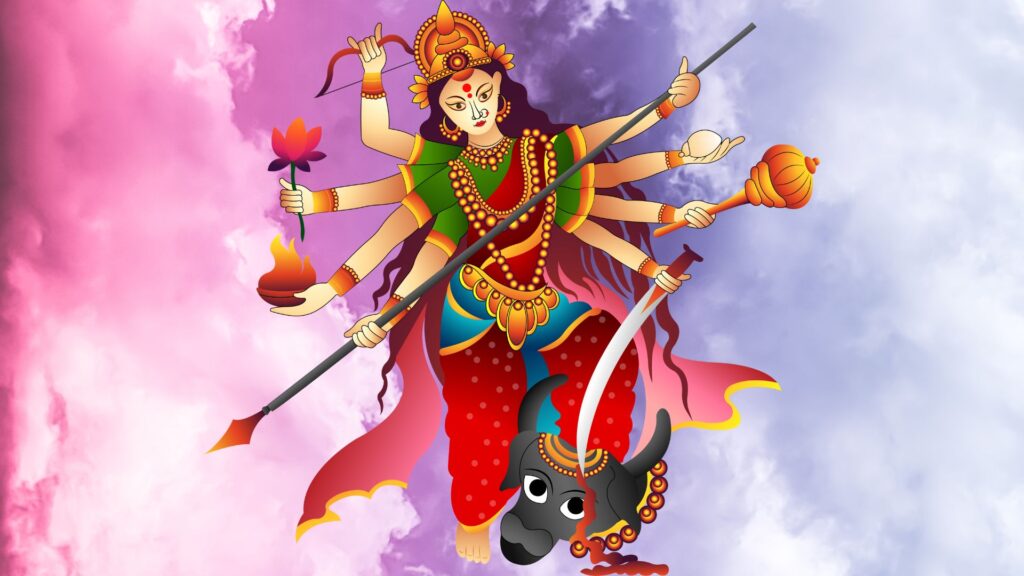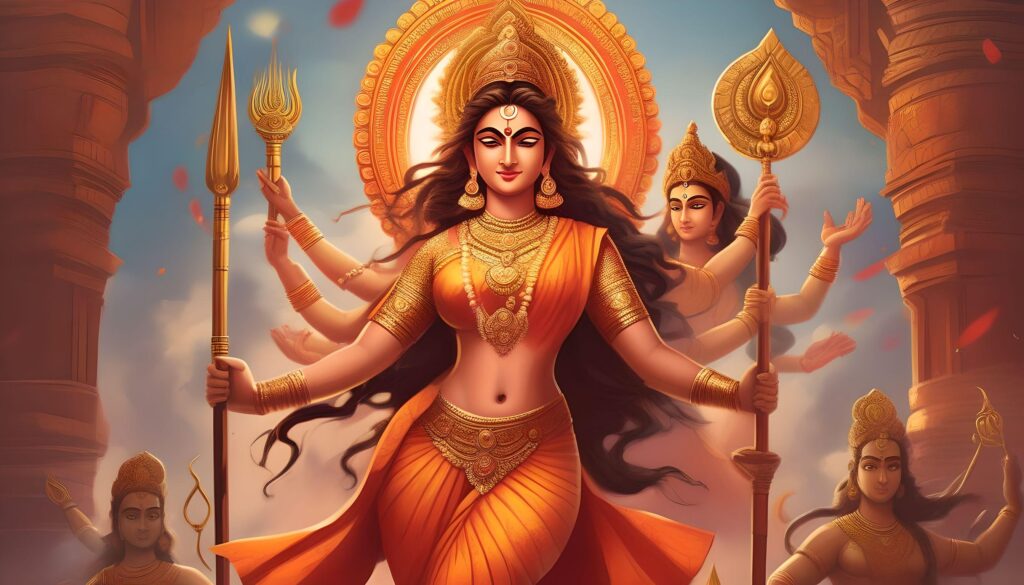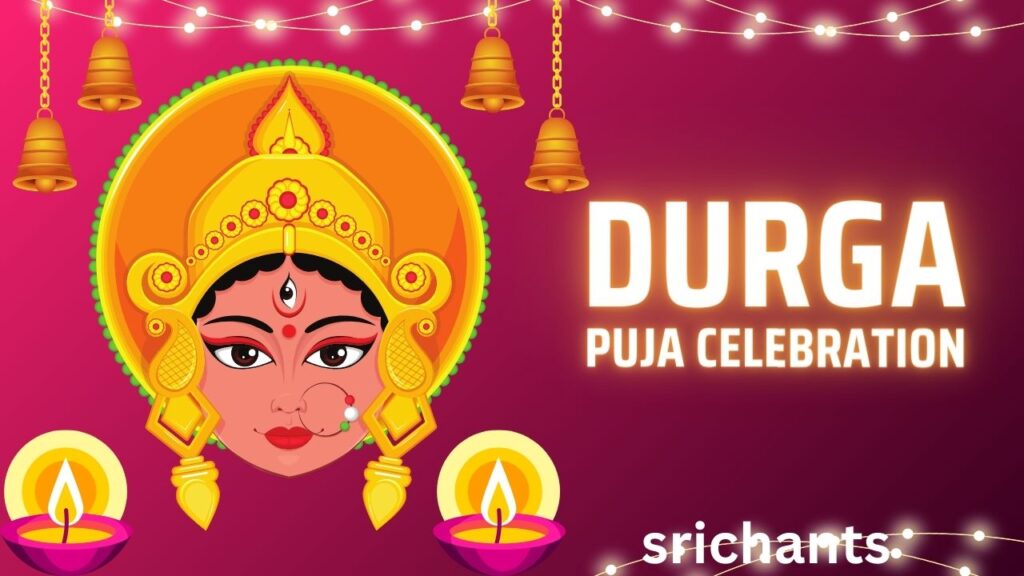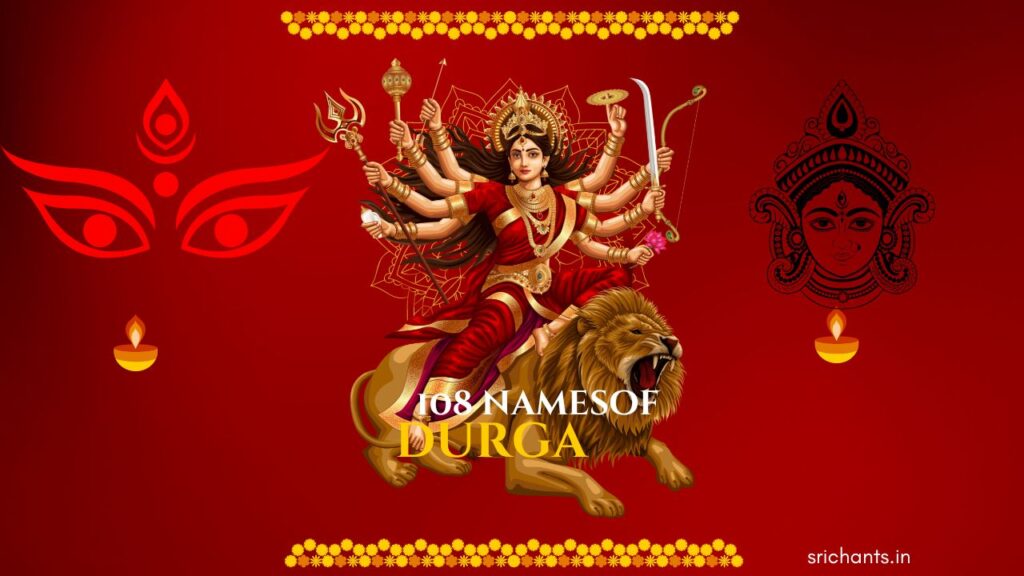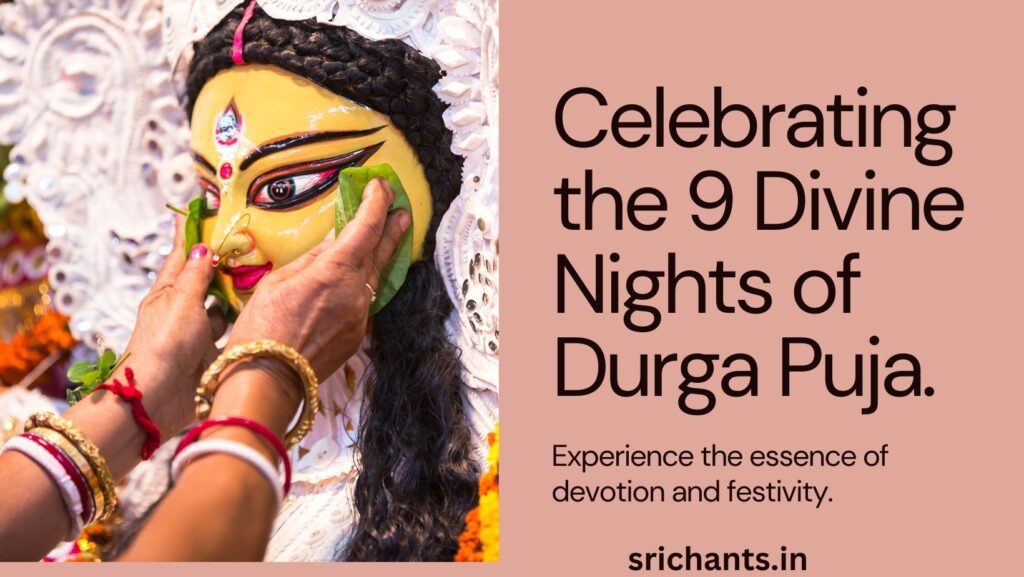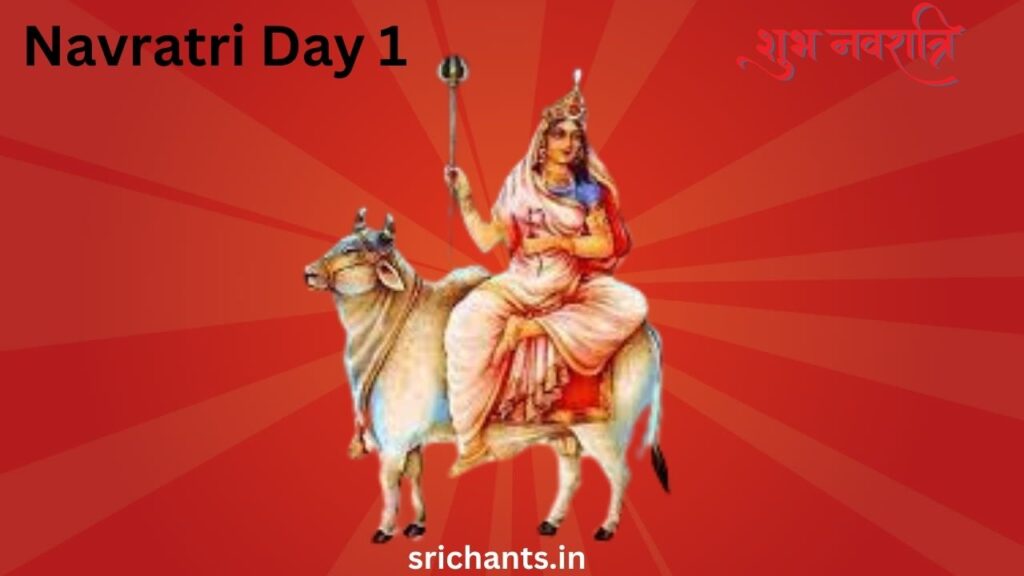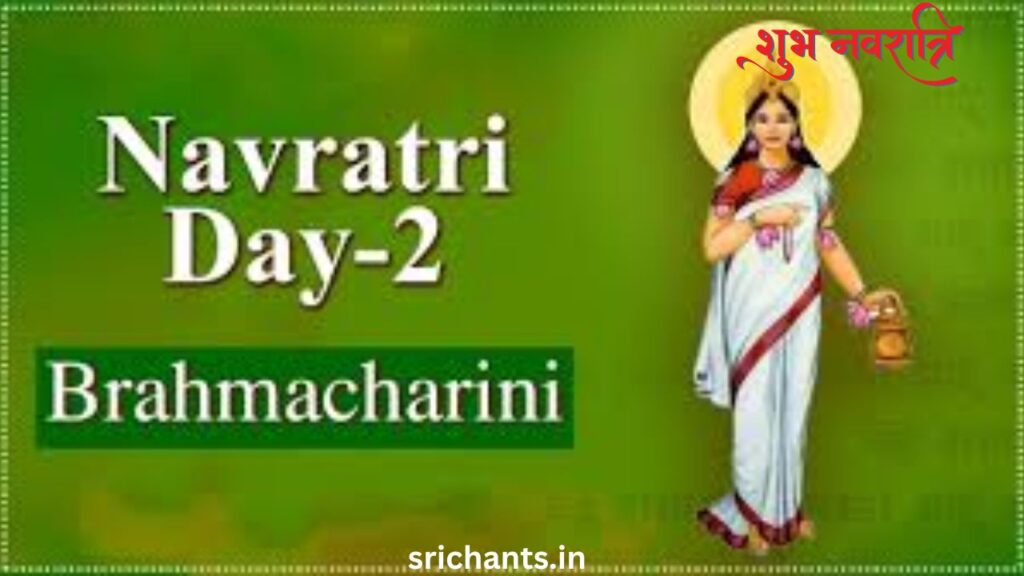Durga Power : Unveiling Her Role and Significance
Introduction
The Hindu religion is replete with a pantheon of deities, each of whom possesses a distinct significance and function in the cosmic order. Durga, who is also referred to as Shakti or Devi, is one such powerful deity. She is regarded as the protective mother of the universe and is one of the most prominent and influential deities in Hinduism. This article will investigate the divine power and significance of the deity Durga, including her origins, forms, symbolism, and festivals.
The Origin of Goddess Durga
The Shiva Purana is the source of the deity Durga, according to Hindu mythology. Lord Shiva is said to have invoked Durga from his left side prior to the creation of the cosmos, and with her help, he was able to create Shivloka. Durga’s divine energy was instrumental in the cosmic creations, solidifying her status as a fundamental component of the Hindu pantheon.
The legend of Durga is given an intriguing twist when Mahishasura, the malevolent son of Rambha, caused destruction on Earth. He defeated all of the powers of heaven, thereby endangering their existence. A powerful mass of light was emitted from the mouth of Lord Vishnu upon hearing of these events, which merged with the rays emanated by the gods. Durga, a formidable female deity, was the result of this amalgamation, and she courageously challenged Mahishasura to a battle.
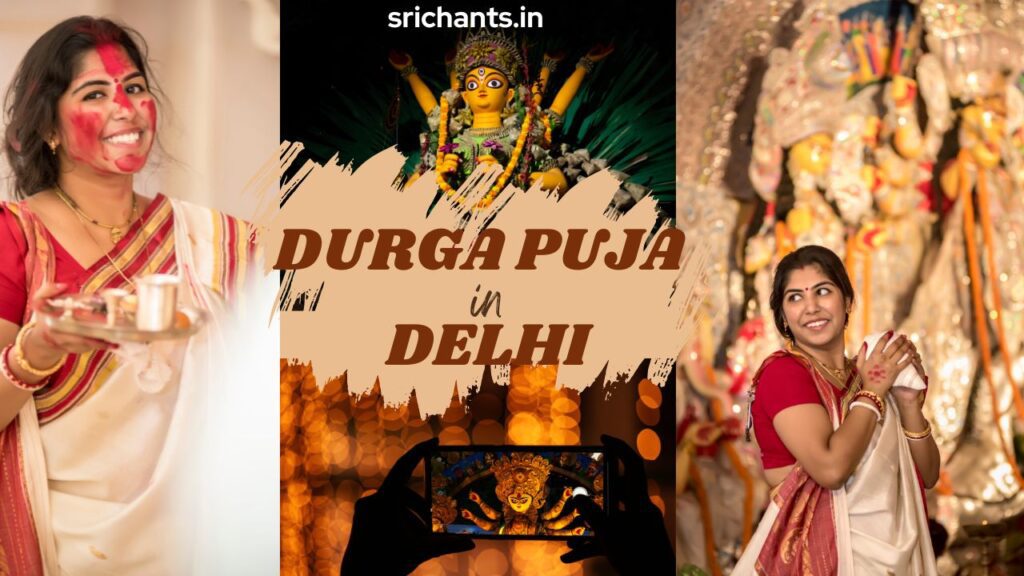
The Many Forms of Goddess Durga
Durga, like numerous other Hindu deities, has numerous incarnations, each of which possesses its own distinctive qualities and significance. Kali, Bhagvati, Bhavani, Ambika, Lalita, Gauri, Kandalini, Java, and Rajeswari are among the numerous avatars she assumes. Nevertheless, Durga, when she manifests in her authentic form, is identified by one of nine appellations or forms, collectively referred to as Navadurga:
- Skondamata: The primal form of Durga, Skondamata, is linked to the maternal aspect of the deity. She is depicted as cradling her infant son, Skanda, in her lap.
- Kusumanda: Durga is depicted as the goddess who provides the universe with vegetation and sustenance in this form.
- Shailaputri, also referred to as the “daughter of the Himalayas,” embodies the unbridled force and fortitude of nature.
- Kaalratri: This manifestation of Durga is linked to darkness and devastation, serving as a representation of the goddess’s ferocity.
- Brahmacharini: As her name implies, Brahmacharini symbolizes Durga’s ascetic side. She is depicted as a deity who is meditating and pursuing enlightenment.
- Maha Gauri: The compassionate and composed embodiment of Durga, Maha Gauri is linked to purity and tranquility.
- Katyayani: This embodiment of Durga is linked to ferocity and bravery. She is frequently depicted as possessing a variety of weapons.
- Chandraghanta, the goddess who wears a half-moon on her forehead, is a representation of grace and attractiveness.
- Siddhidatri: It is believed that the final manifestation of Durga, Siddhidatri, has the ability to bestow Siddhis (supernatural abilities) upon her devotees.
Each of these forms of Durga holds a significant place in Hindu mythology and is worshipped during specific holidays in the Hindu calendar.
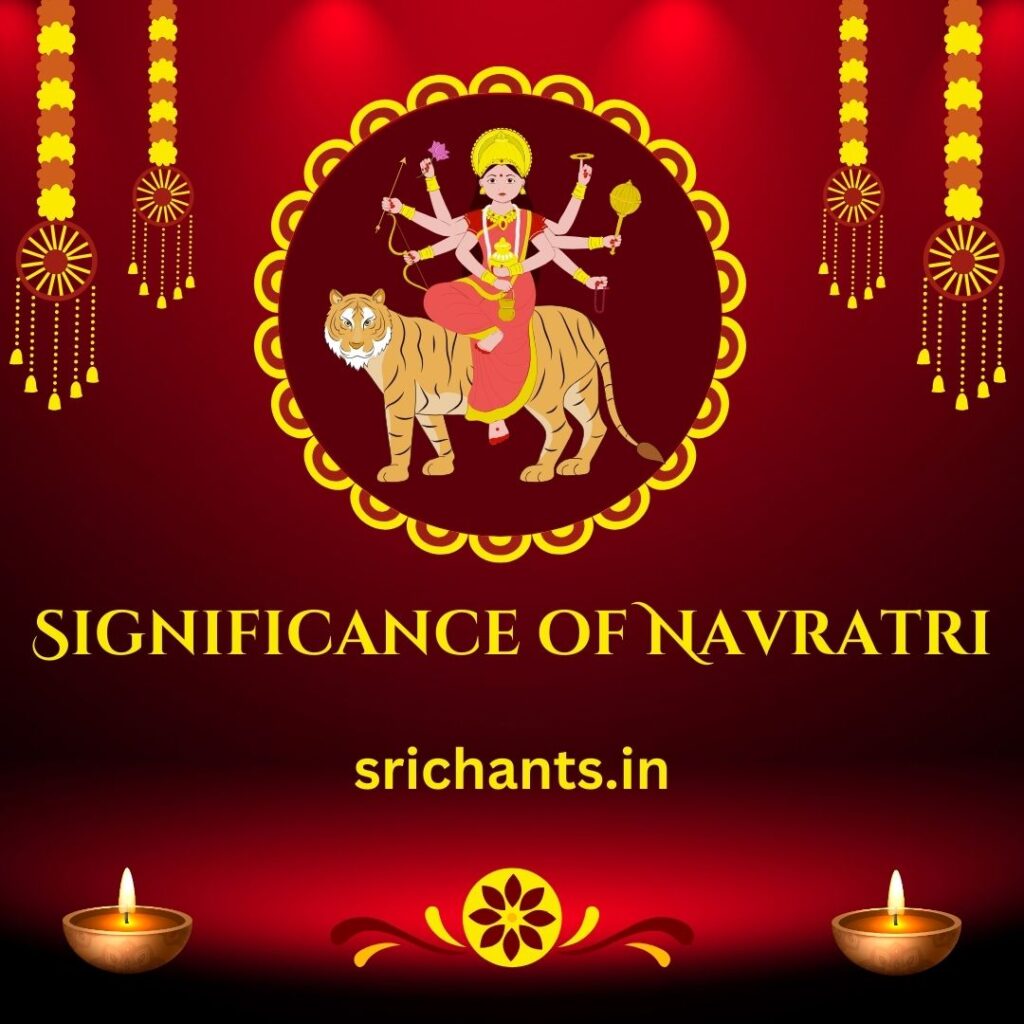
The Symbolism and Divine Weapons of Goddess Durga
Durga is frequently depicted as a deity with multiple limbs, which serves as a representation of her capacity to confront malevolence from all angles. She is the protector of the universe, and her appearance is a reflection of her power and fortitude. In the majority of representations, Durga is depicted with eight to eighteen limbs, each of which is holding a symbolic object.
The Trishul, the primary weapon of Durga, is the trident of Lord Shiva. It symbolizes her capacity to prevail over any adversary, regardless of their strength. The Trishul is regarded as one of the most potent weapons in Hindu mythology and represents the three gunas: Sattva, Rajas, and Tamas.
Sudarshan Chakra: The Sudarshan Chakra, which was bestowed upon Durga by Lord Vishnu, symbolizes her authority over the entire universe. This divine discus serves as a representation of her authority and power.
Conch Shell (Shankha): The conch shell, which was presented to Durga by the aquatic deity Varuna, is a symbol of the sacred sound of “Om.” It is a representation of the primordial sound of creation and the cosmic vibrations that reverberate throughout the universe.
Bow and projectiles: Durga’s bow and projectiles symbolize the energies of potential and kinetic power. She represents her authority over all energies in the cosmos by holding both in one hand.
Thunderbolt: A weapon that symbolizes wrath and rage, the thunderbolt is associated with the King of Heaven, Lord Indra. During her battles with hostile forces, Durga employs this weapon to unleash her fury in order to vanquish evil.
Sword: Durga’s sword is a representation of divine knowledge, which cuts through ignorance and illuminates the path of truth. It embodies the force of wisdom and the acuity of intellect.
The half-bloomed lotus in Durga’s hand is a symbol of triumph and humility. It is a representation of the lotus growing in the mud, which serves as a reminder to devotees to cultivate their spirituality in the midst of worldly indulgences.
Durga’s divine weapons are not merely physical objects; they possess profound symbolic significance that reflects her authority and power over the forces of evil.

The Divine Transport of Goddess Durga
Durga is frequently depicted standing on or mounting a tiger or lion in Hindu art and iconography. Her power, will, and determination to vanquish evil are symbolized by this imagery. Durga exhibits her mastery of these qualities by riding this formidable beast. The bold pose she adopts, Abhay Mudra, is symbolic of her liberation from dread. In the same way that the mother deity fearlessly confronts evil, Hindu scriptures instruct devotees to confront challenges with courage and righteousness.
The Celebrations of Durga Puja
Durga Puja is the most significant festival that is dedicated to the worship of Goddess Durga. Depending on the Hindu lunisolar calendar, this four-day celebration occurs in September or October. The festival honors Durga’s triumph over evil, which serves as a representation of the triumph of light over darkness.
Devotees participate in cultural events, decorate temples and residences with intricate designs and colorful decorations, and engage in special prayers during Durga Puja. The festival is distinguished by the recitation of sacred texts, the singing of devotional melodies, and the performance of traditional dances. It is a period of reverence, devotion, and pleasure for the divine mother.
Conclusion
The divine mother of the Hindu universe, Goddess Durga, occupies a significant position in Hindu mythology and the affections of millions of devotees worldwide. Her power, strength, and protective nature are all exemplified by her origin, numerous forms, symbolism, and divine weapons. Durga Puja is a testament to the eternal triumph of virtue and her victory over evil. As devotees worship and seek the blessings of this revered goddess, they derive solace, fortitude, and inspiration from her divine grace and love.
Durga, the embodiment of Shakti, serves as a reminder that we possess the capacity to surmount obstacles and triumph over adversity. She encourages us to seek righteousness in the presence of darkness and to embrace our inner fortitude. May we draw inspiration and guidance from the eternal presence of Goddess Durga as we commemorate and celebrate her divine power.
